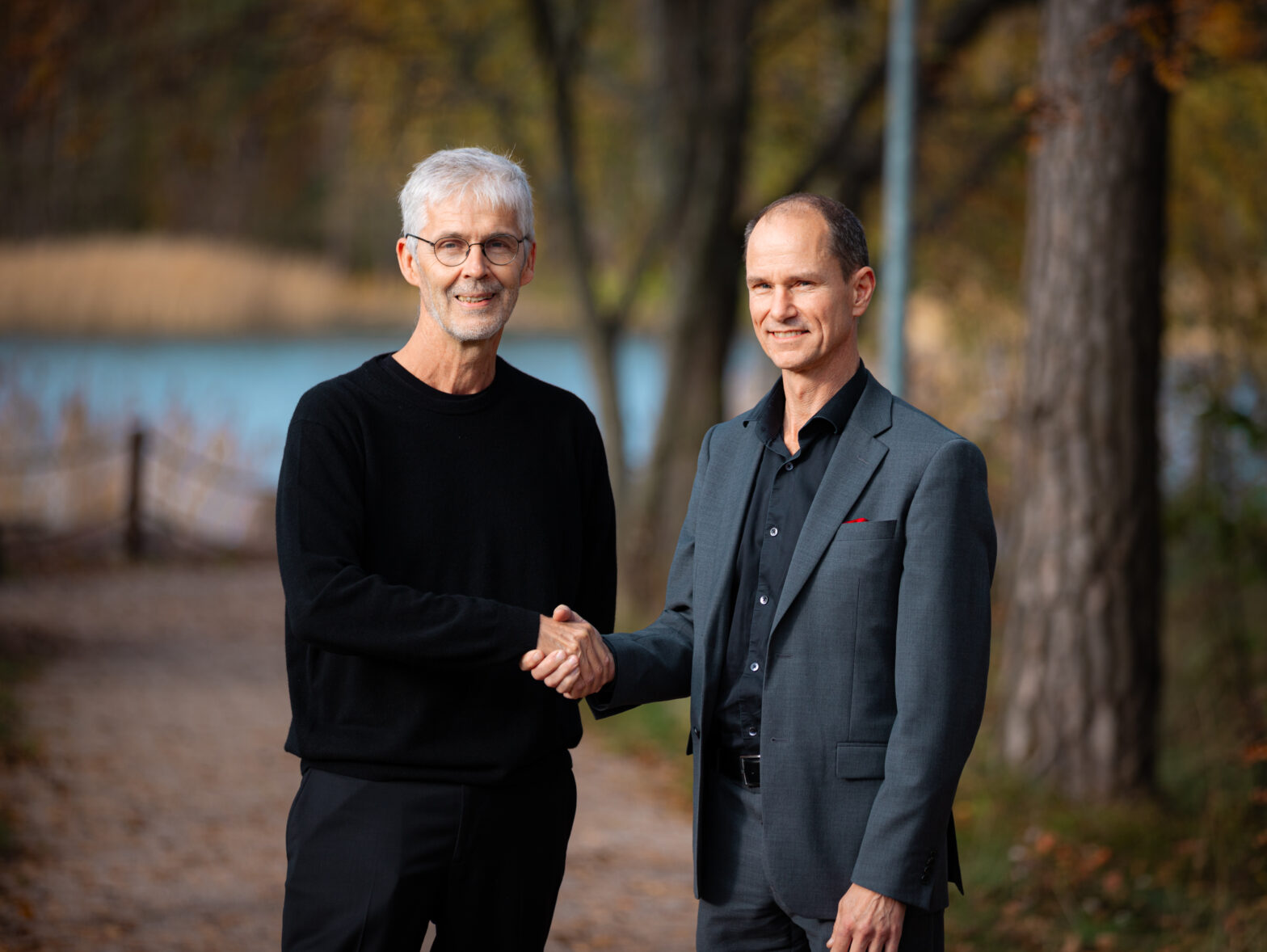F4E and Novatron Fusion Group join forces to exchange expertise

Pierre-Yves Chaffard, F4E Projects Department Adviser, and Peter Roos, Novatron Fusion Group CEO, during the Nordic Fusion Forum in Helsinki on October 20, 2025 ©NFG
The race to deliver fusion energy is fierce and investments are on the rise according to the latest F4E Fusion Observatory report. US, China and Europe are competing as to who will be the first to harness its potential and connect it to the grid. Its merits are well-known: clean, abundant, safe energy without greenhouse gas emissions.
Between now and 2040, electricity demand is expected to double, according to a report released by the European Court of Auditors. With fossil fuels progressively out the picture, this leaves renewables and nuclear energy as credible power suppliers if the EU is committed to meeting its climate targets.
Sharing expertise and drawing lessons from ITER can be of great value to European private initiatives that are eager to learn and crave to expand their know-how so as to compete in this booming market. This is exactly the aim of the Expression of Interest launched by Fusion for Energy (F4E) to private fusion initiatives based in the EU-27. Its purpose is to strengthen Europe’s supply chain by enabling public and private initiatives to work closer together.
F4E and Novatron Fusion Group (NFG), a Swedish company founded in 2019 with around 70 employees, have recently signed an agreement to strengthen collaboration in fusion research and development, and to further support the growth of the fusion ecosystem.
NFG is the only private fusion venture in the Nordics, known as the EU’s innovation champions. The NOVATRON fusion solution relies on a unique configuration of magnetic fields with concave field lines in every direction, giving unprecedented plasma stability compared to existing concepts. With the addition of three plugging forces, it handles plasma leakage. The solution remains the world’s only stable mirror-machine design. Also, NFG is the first private initiative to receive EU funding and to build a full system device, which is called NOVATRON 1. Since it was commissioned in 2024, over 2 100 experiments have been conducted, providing large amounts of data to validate the system. This work will feed into future platforms: NOVATRON 2 and 3.
Pierre-Yves Chaffard, F4E Projects Department Adviser, visited NFG in February 2025 and travelled to Helsinki to represent the EU organisation during the 2025 Nordic Fusion Forum and finalise the collaborative agreement with NFG. “It gives us great pleasure to collaborate through this scheme with the first Nordic innovators in the field of fusion. By spreading know-how in the EU, and by testing different technologies, we increase our potential and empower other European regions to excel. We look forward to this exchange with NFG where both parties can learn more from one another,” he explained.
Peter Roos, Novatron Fusion Group CEO stated, “On the journey towards commercial fusion energy, forging mutually beneficial partnerships is essential. By combining the knowledge and experience of Fusion for Energy and Novatron Fusion Group, this cooperation will help strengthen Europe’s energy resilience and bring us closer to powering a sustainable future.”